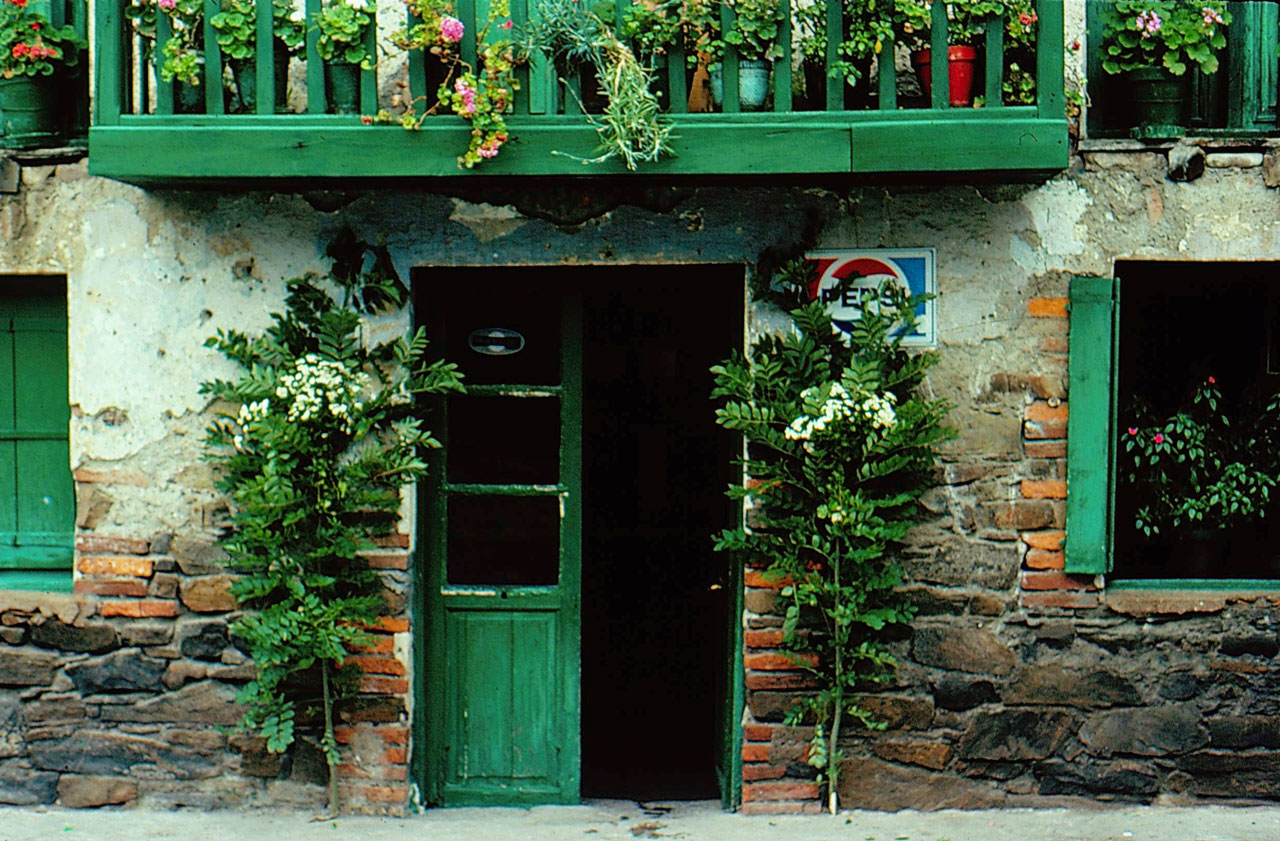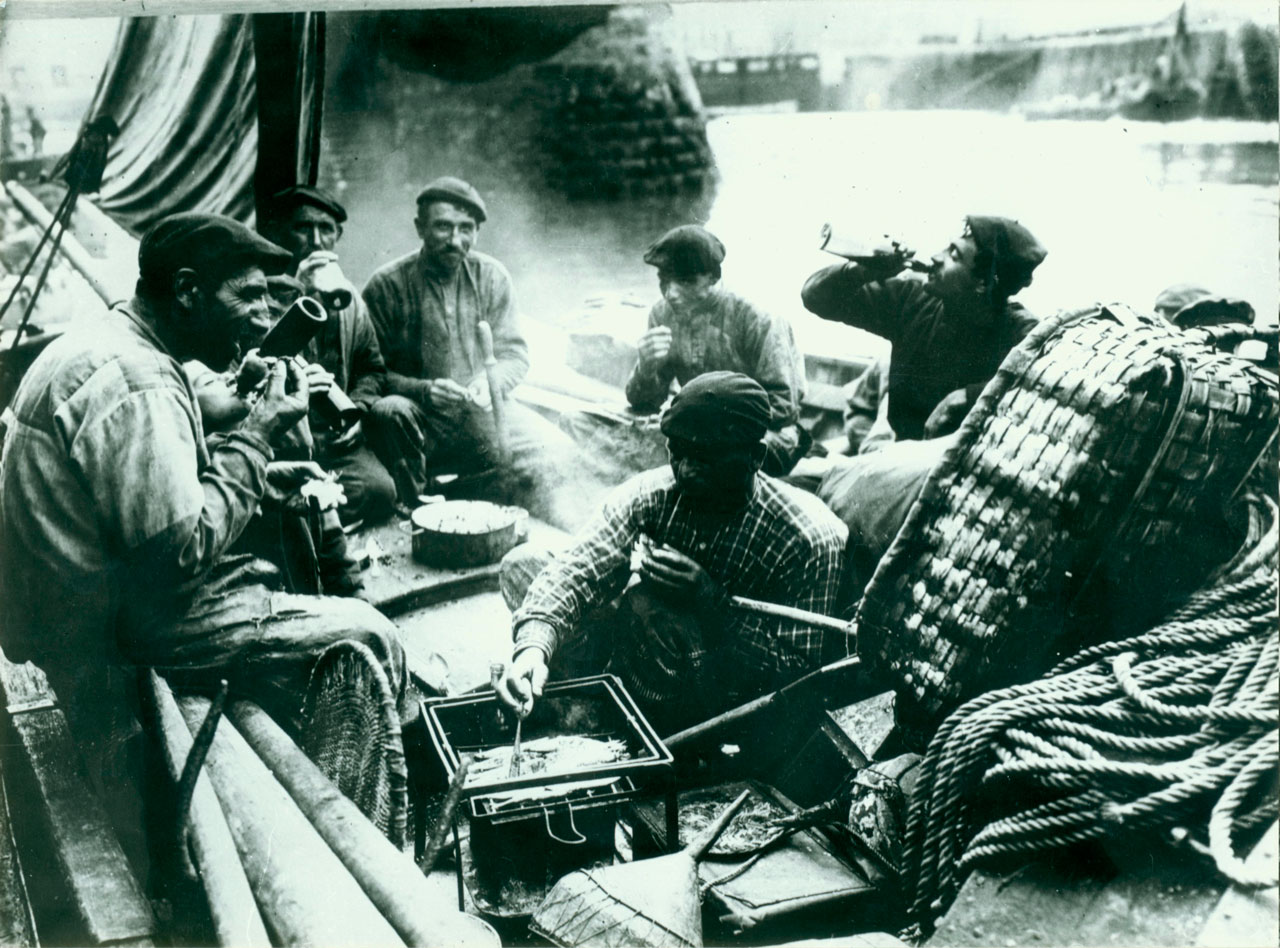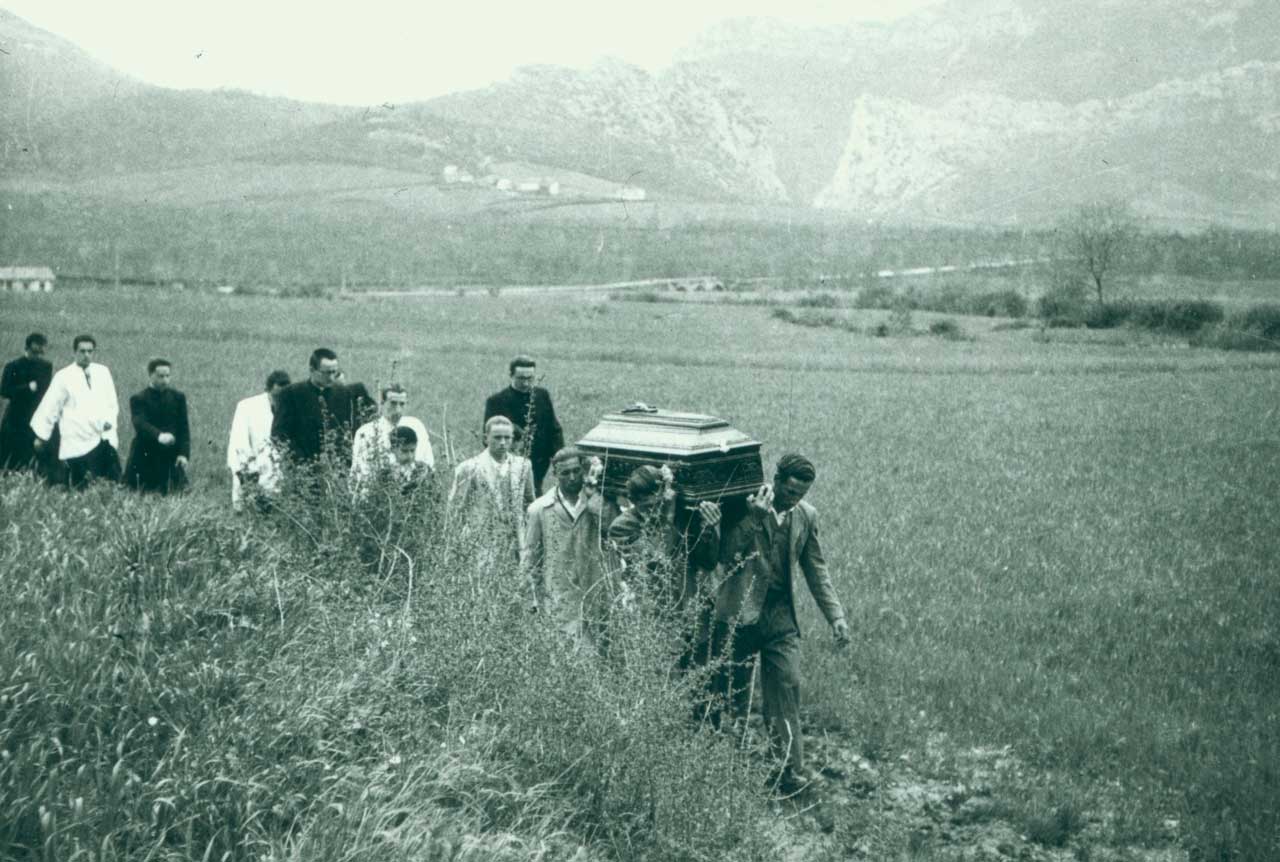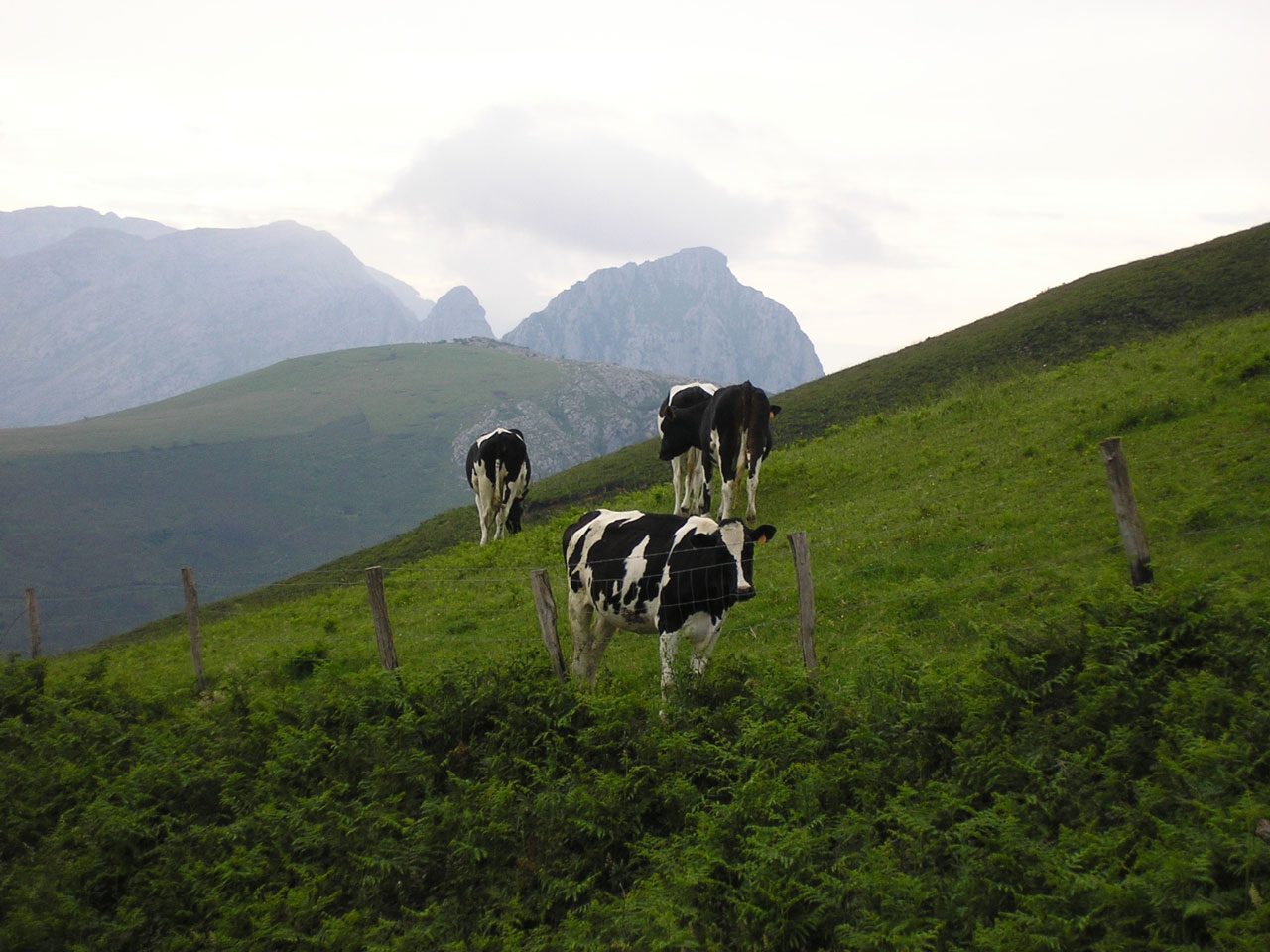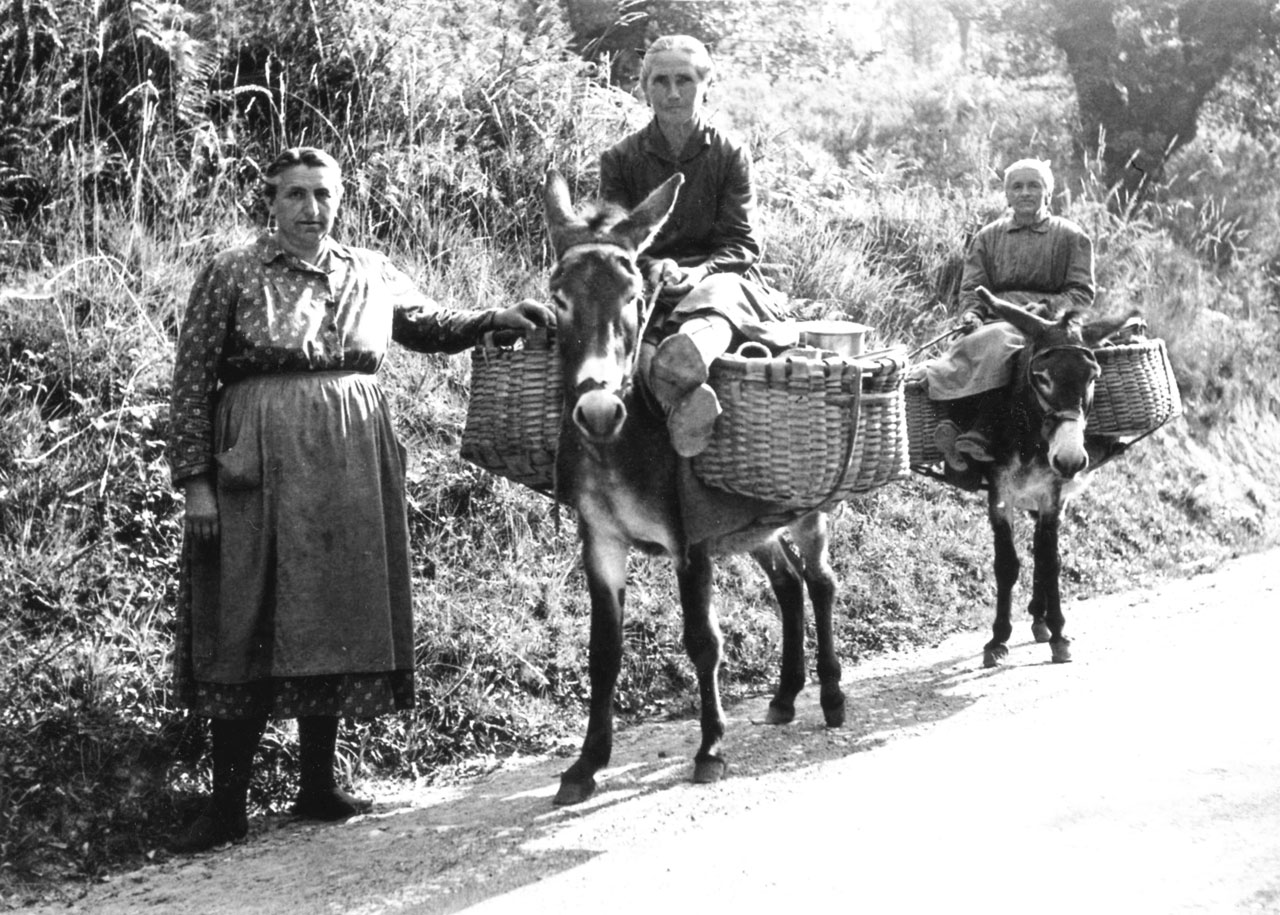Diferencia entre revisiones de «Main Page/en»
De Atlas Etnográfico de Vasconia
| Línea 7: | Línea 7: | ||
===[ganaderia|Ganadería|/atlas/cabecera/Arreoa-erakusten-Bidegoian-1957.jpg|Exhibition of the bridal trousseau. Bidegoian (G), 1957. Source: Ana Larrarte, Etniker Euskalerria Groups.]=== | ===[ganaderia|Ganadería|/atlas/cabecera/Arreoa-erakusten-Bidegoian-1957.jpg|Exhibition of the bridal trousseau. Bidegoian (G), 1957. Source: Ana Larrarte, Etniker Euskalerria Groups.]=== | ||
===[ganaderia|Ganadería|/atlas/cabecera/Caserio-Zurutuza-Zeanuri-1925.jpg|Zurututza Farmhouse. Zeanuri (B), c. 1925. Source: Labayru Fundazioa Photograhic Archive: Felipe Manterola Collection.]=== | ===[ganaderia|Ganadería|/atlas/cabecera/Caserio-Zurutuza-Zeanuri-1925.jpg|Zurututza Farmhouse. Zeanuri (B), c. 1925. Source: Labayru Fundazioa Photograhic Archive: Felipe Manterola Collection.]=== | ||
| − | ===[ganaderia|Ganadería|/atlas/cabecera/ | + | ===[ganaderia|Ganadería|/atlas/cabecera/Carro-de-boda-y-comitiva-nupcial-camino-del-caserio-Izagirre-Bidegoian-1957.jpg|Trousseau escorted by wedding entourage on their way to Izagirre Farmhouse. Bidegoian (G), 1957. Source: Martín Photographic Studio.]=== |
| − | ===[ganaderia|Ganadería|/atlas/cabecera/ | + | ===[ganaderia|Ganadería|/atlas/cabecera/Segizioa-elizan-sartzen-Zerain-1965.jpg|Funeral procession entering church. Zerain (G), 1965. Source: Karmele Goñi, Etniker Euskalerria Groups.]=== |
===[ganaderia|Ganadería|/atlas/cabecera/Calabazas-para-el-ganado-Lezama-1990.jpg|Pumpkins for the livestock. Lezama (B), 1990. Source: Labayru Fundazioa Photograhic Archive: José Ignacio García Muñoz.]=== | ===[ganaderia|Ganadería|/atlas/cabecera/Calabazas-para-el-ganado-Lezama-1990.jpg|Pumpkins for the livestock. Lezama (B), 1990. Source: Labayru Fundazioa Photograhic Archive: José Ignacio García Muñoz.]=== | ||
Revisión del 09:34 10 mar 2020
St John’s bunches of branches and flowers. Zeanuri (B), 1980. Source: Ander Manterola, Etniker Euskalerria Groups.
House and Family in the Basque Country


House and Family in the Basque Country
Different types of rites, such as attaching the St. John’s branch, San Juan haretxa, to the doorposts, were performed around the St. John’s Day festivities.
Family Diet in the Basque Country


Family Diet in the Basque Country
Nahiz dala udea, nahiz dala negua, goizeko zortziretan, armozu ordua. Folk song
Children’s Games in the Basque Country


Children’s Games in the Basque Country
Honek arrautza ekarri, honek erreten ipini, honek gatza eman, honek pixka bat probatu, honek dena jan! Game with fingers
Traditional Medicine in the Basque Country


Traditional Medicine in the Basque Country
Eros ogi eta gazta, erremediotan ez gasta. Better to spend money on good food than on medicine.
Rites from Birth to Marriage in the Basque Country


Rites from Birth to Marriage in the Basque Country
Ezkon urte, ero urte. People go crazy in the year they wed.
Funeral Rites in the Basque Country


Funeral Rites in the Basque Country
Dying on a rainy day or if it rained after the death showed that the soul would be saved: gorputz ona, euritsu.
Cattle on common pastures. Carranza (B), 2007. Source: Luis Manuel Peña, Etniker Euskalerria Groups.
Livestock Farming and Shepherding in the Basque Country


Livestock Farming and Shepherding in the Basque Country
Communities in areas where livestock has been the fundamental basis of their way of life consider Saint Anthony Abbot as the main protector of the health and fertility of the animals.
Agriculture in the Basque Country


Agriculture in the Basque Country
Our rural folk and our ancestors knew and practised agriculture on a more human scale and from a more holistic approach; it is not only the yield that matters, but also the complex network of physical factors and human beings involved in an activity that is actually based on cultivating the life that feeds us.
